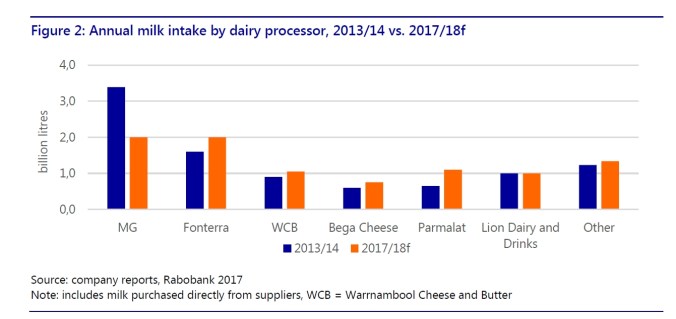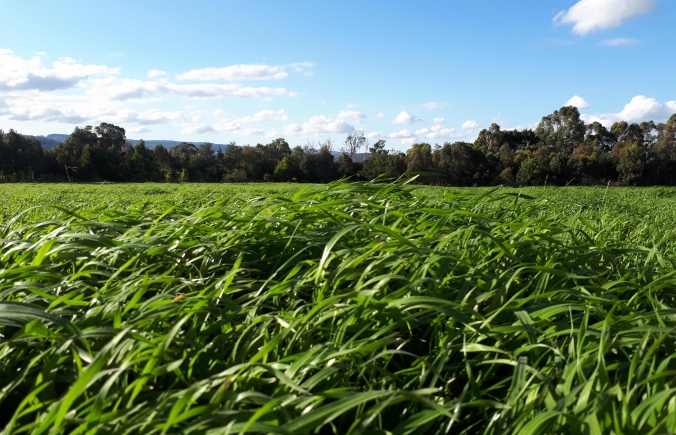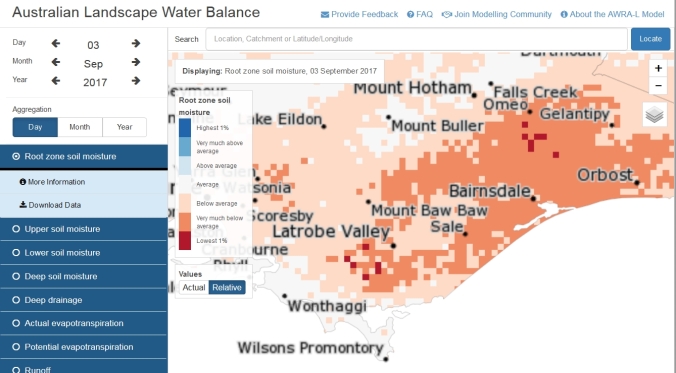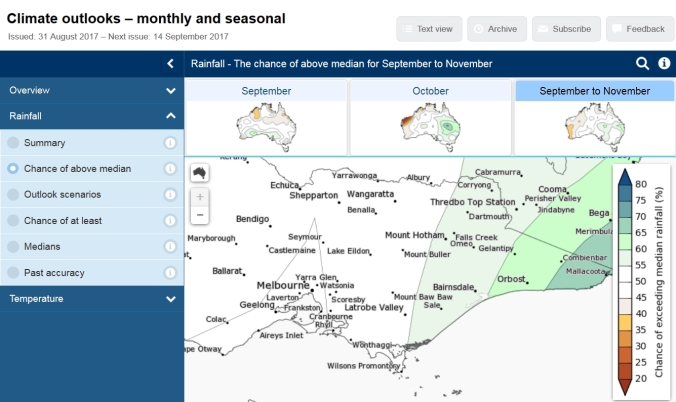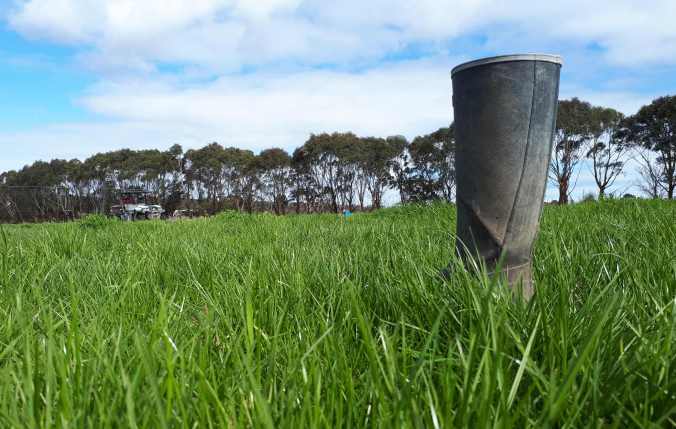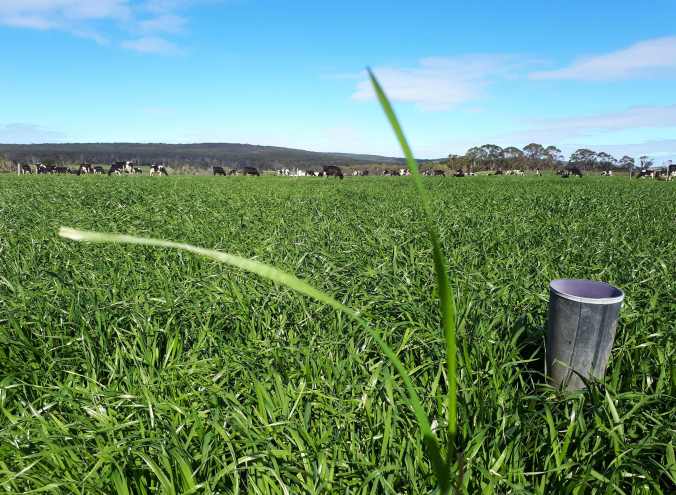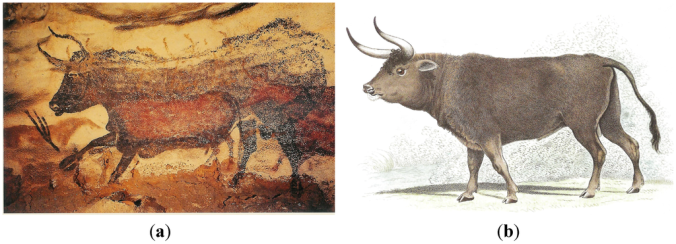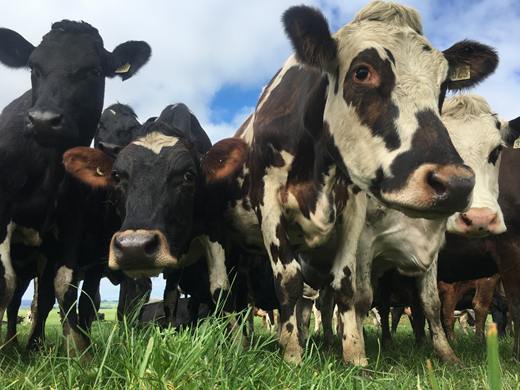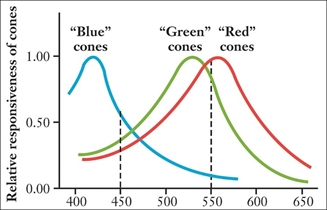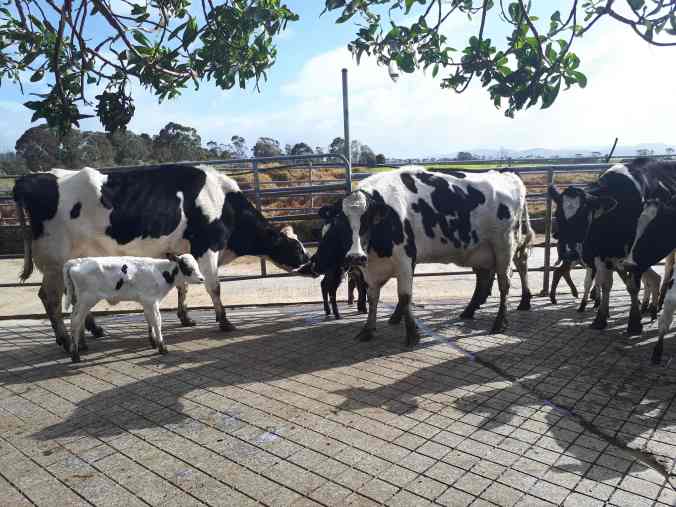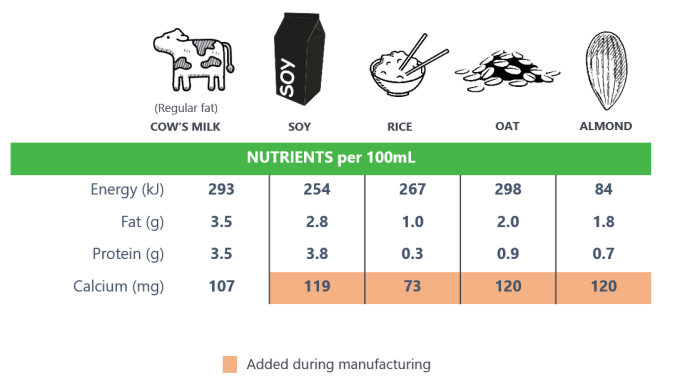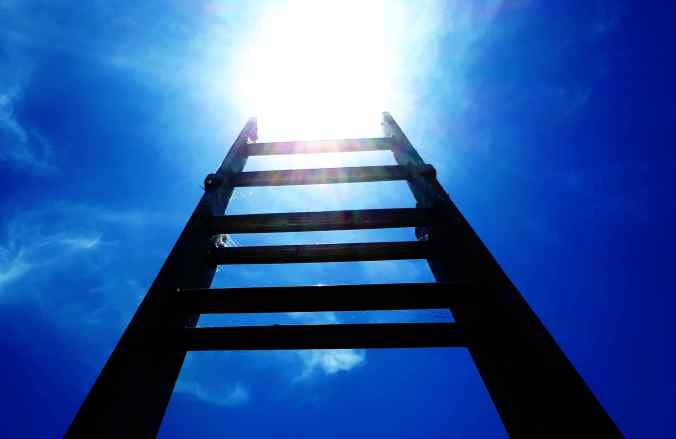
The ACCC has delivered its interim report into the dairy sector and, wow, just wow.
Any doubt that the regulator was listening must now have been removed. We farmers have been handed a ladder and it’s now up to us to use it.
The recommendations are broad but most of them come back to one thing, summarised so neatly on page 22 of the report:
“…the problems we have identified in this inquiry emanate from the inherent bargaining power imbalances in the industry, particularly between processors and farmers.”
I’m sure that will come as no surprise to farmers but it’s backed up by eight serious recommendations to deal with that imbalance:
1. Processors and farmers should enter into written contracts for milk supply that are signed by the farmer.
2. All processors should simplify their contracts where possible, including by minimising the number of documents and clearly indicating which documents contain terms and conditions of milk supply.
3. Milk supply contracts should not include terms which unreasonably restrict farmers from switching between processors.
4. The industry should establish a process whereby an independent body can administer mediation and act as a binding arbitrator or expert in relation to contractual disputes between farmers and processors.
5. Farmers should ensure they have properly considered the legal and financial implications of contracts with processors.
6. Processors should publish information identifying how their pricing offers apply to individual farm production characteristics to enable better farm income forecasts.
7. The Voluntary Dairy Code should be strengthened
Notwithstanding Recommendation 8, the Voluntary Code will continue to operate for at least the short-to-medium term. The following amendments should be made:
Additional obligations
A mandatory code could, for example, include obligations on processors to:
(a) enter into written contracts with farmers for milk supply
(b) provide timely and transparent information about the terms on which they propose to acquire milk from farmers. This might include:
i. minimising the number of documents which contain terms and conditions of milk supply
ii. ensuring farmers are not required to make decisions about renewing contracts before they have accurate pricing and contractual information
iii. for non-fixed price contracts, providing ex ante guidance and commitments regarding the basis for changes in prices which may occur during a dairy season
iv. providing an income estimation resource which more accurately takes account of the production characteristics of individual farms
(c) not include contract terms which unreasonably restrict farmers’ ability to switch processors
(d) include a dispute resolution process within contracts, supported by reference to an independent process (see Recommendation 4), to apply to disputes about the interpretation and performance of contracts, and alleged contraventions of the code itself.
A mandatory code could also prohibit retrospective step-downs and set out the circumstances in which step-downs more generally are appropriate or inappropriate.8. A mandatory code of conduct within the Competition and Consumer Act 2010 should be considered for the dairy industry.
Now here’s the question: what will farmers do with these recommendations? They effectively give us licence to rewrite the relationships between farmer and processor.
The system we have served us well for a long time but now it is broken.
If you didn’t make a submission to the ACCC last time around, sit down with a copy of the interim report and have a think. It’s the opportunity of a lifetime to start afresh.

